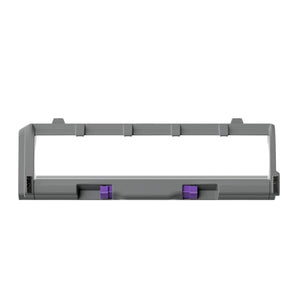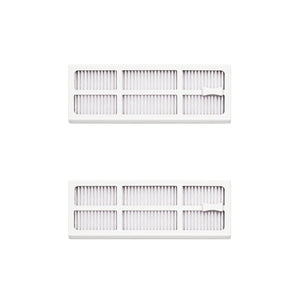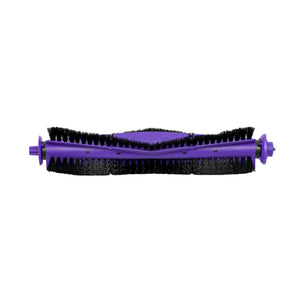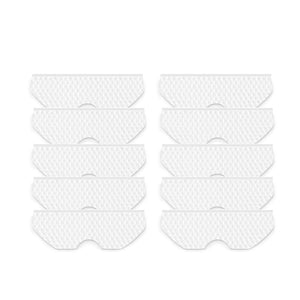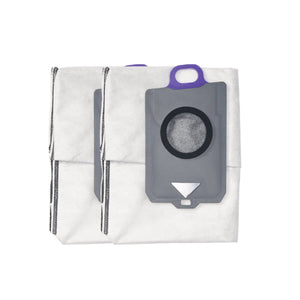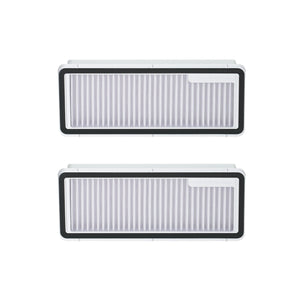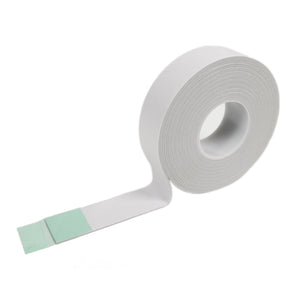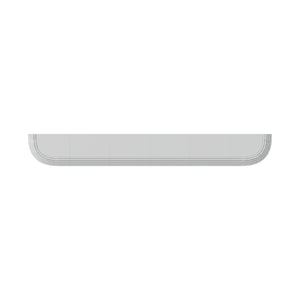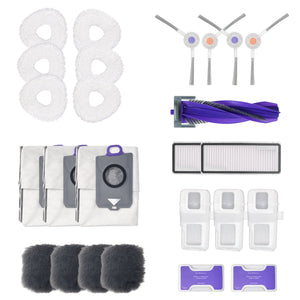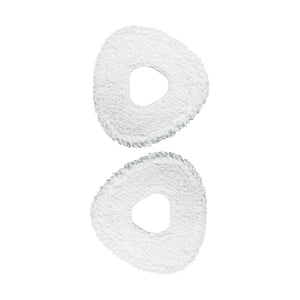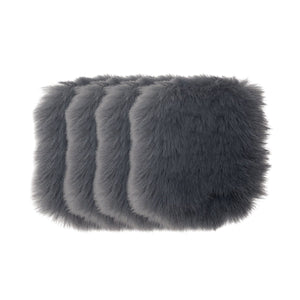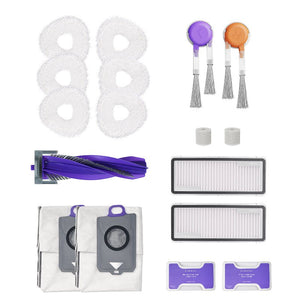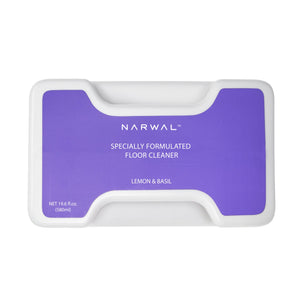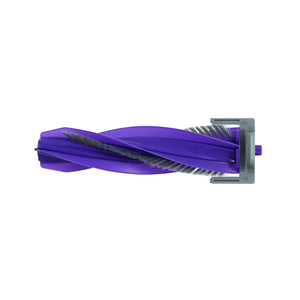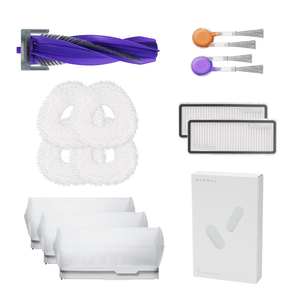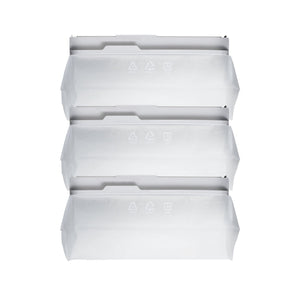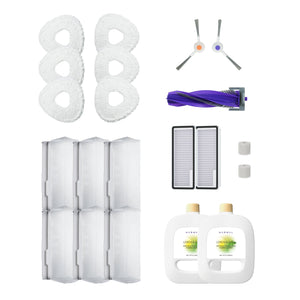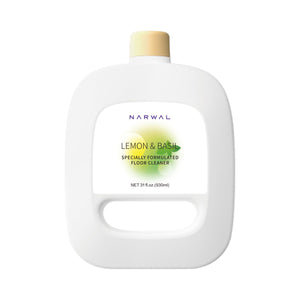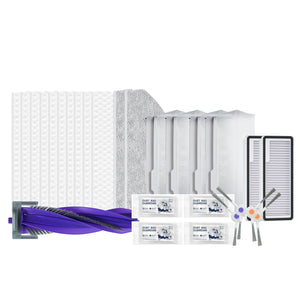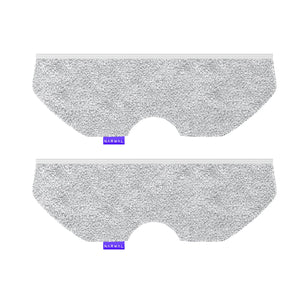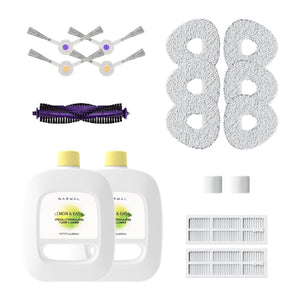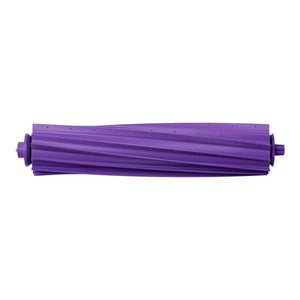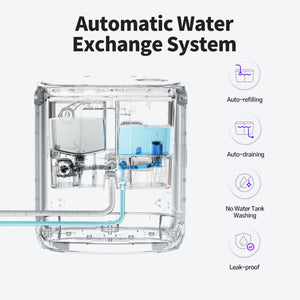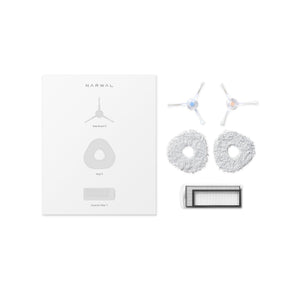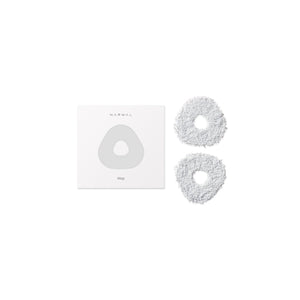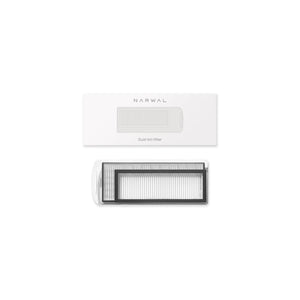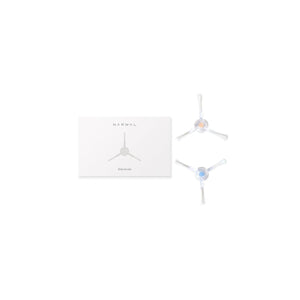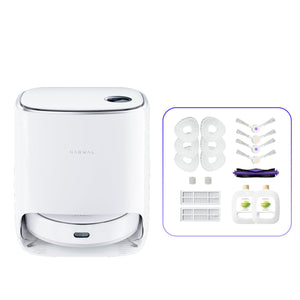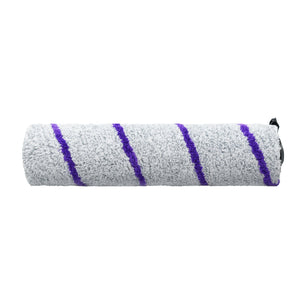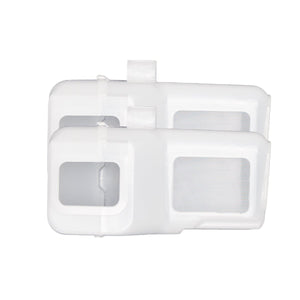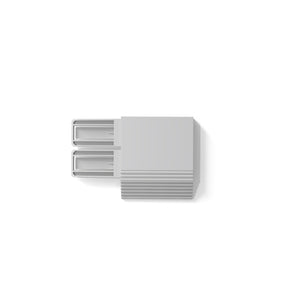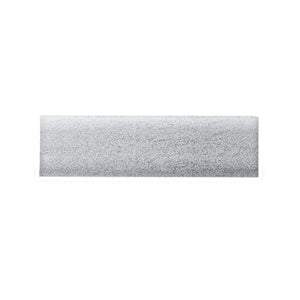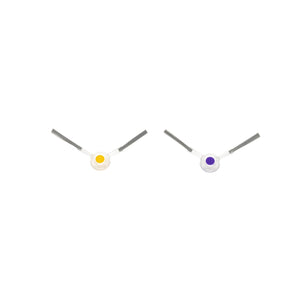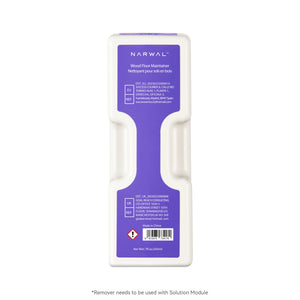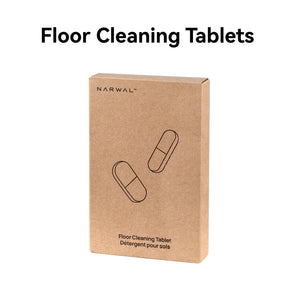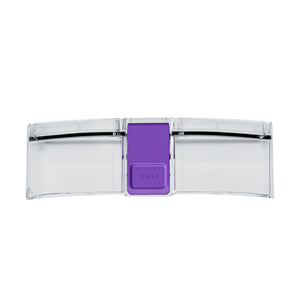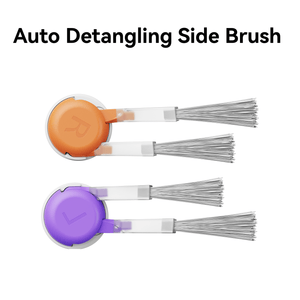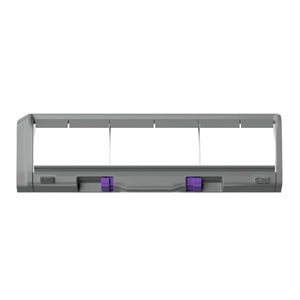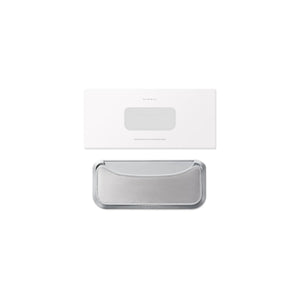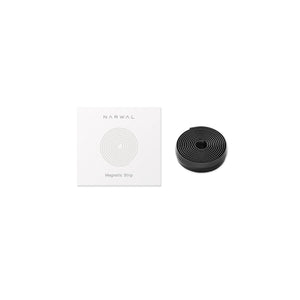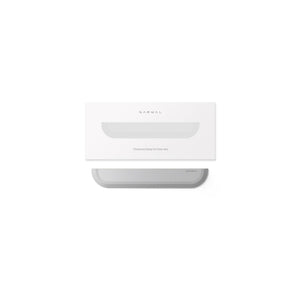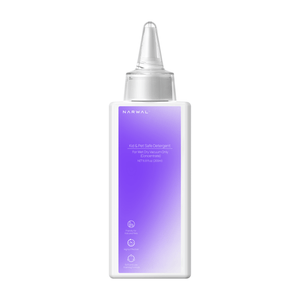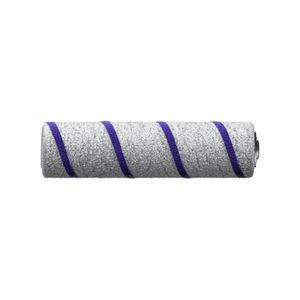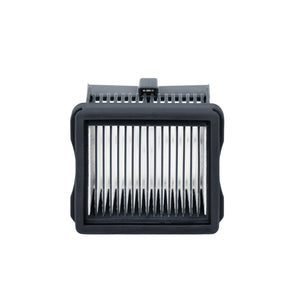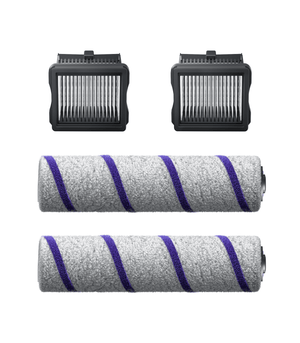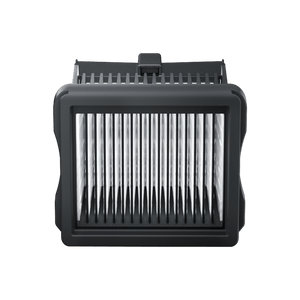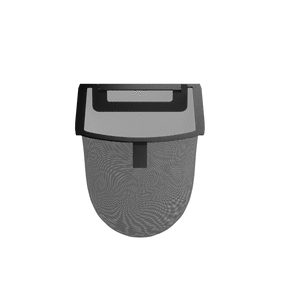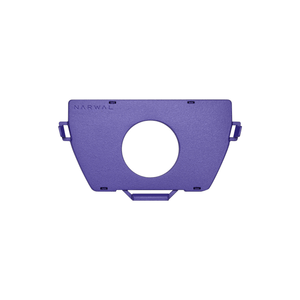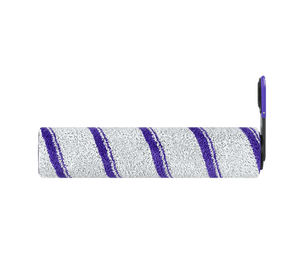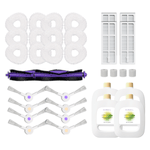Ranging from 180-250 AW for traditional vacuums and 2,500-6,000 Pa for robot vacuums is key to getting your floors spotless.
In this article, we’ll break down why suction power is so important and how it affects your cleaning results. You’ll learn the ideal suction power for different types of vacuums and cleaning needs. We’ll also cover the factors that influence suction, from motor efficiency to airflow. Plus, you’ll get tips on how to select the right suction for your home and maintain it for long-lasting performance. Whether you’re considering a robot vacuum or a traditional model, we’ve got the insights to help you make the best choice. Let’s dive in!
What Is Suction Power in a Vacuum Cleaner?
Suction power in a vacuum cleaner is simply how strong the vacuum's airflow is in pulling dirt and debris into the dustbin. It’s usually measured in air watts (AW) or pascals (Pa). A vacuum with higher suction power will be more effective at picking up dirt, especially on carpets and thick rugs, while a lower suction level may work fine for lighter tasks like cleaning hardwood floors or quick pickups.
If you would like to learn more about robot vacuum suction, click here.
How Is Suction Power Measured?
Now, you might wonder, how do we measure this suction power? There are a few key terms to understand:
-
Air Watts (AW): This is the most common measure for traditional vacuums, combining both suction strength and airflow. Higher air watts mean stronger suction.
-
Pascals (Pa): This measures the suction force itself, often used for robot vacuums. The higher the Pa value, the stronger the suction force.
- Water Lift (inH2O): This tells you how much force the vacuum has by measuring how high it can lift a column of water. This is used in more industrial models.
These measurements help us understand how powerful a vacuum really is. But remember, suction power isn’t just about numbers—it’s about how well the vacuum works on your floors and cleaning tasks.
What Is a Good Suction Power for Different Types of Vacuums?
The ideal suction power varies for each vacuum type based on the cleaning tasks they are designed for. Whether you’re using a robot vacuum, an upright vacuum, or a handheld vacuum, the suction power required will be different. Let’s explore the ideal suction power for each type of vacuum and see what works best for your cleaning needs.

Upright Vacuums
An upright vacuum is built for deep cleaning, especially on carpets. These vacuums are typically designed with strong suction to lift dirt from deep within carpet fibers.
The ideal suction power for an upright vacuum is 180-200 AW or 1,400-1,600 Pa. This level is perfect for cleaning high-pile carpets and large floor areas, ensuring dirt is effectively removed from deep within carpet fibers.
Canister Vacuums
Canister vacuums are versatile and can handle both hard floors and carpets. Their design allows for easy maneuverability and flexible cleaning across different surfaces.
For canister vacuums, the ideal suction power is 220-250 AW or 1,700-2,000 Pa. This level provides powerful suction for both deep carpet cleaning and hard floor cleaning, making it ideal for homes with multiple surface types.
Handheld Vacuums
Handheld vacuums are compact and lightweight, designed for quick, light cleanups. They are perfect for upholstery, cars, or small messes around the house.
The ideal suction power for handheld vacuums is 20-50 AW or 160-400 Pa. This is sufficient for light tasks such as picking up pet hair, crumbs, or dust but not for larger messes or deep cleaning.
Cordless Stick Vacuums
Cordless stick vacuums are popular for their portability and ease of use. These vacuums are great for quick cleanups and are particularly effective on hard floors and light carpets.
The ideal suction power for cordless stick vacuums is 100-150 AW or 800-1,200 Pa. This suction power is enough to handle everyday cleaning tasks like picking up dirt and debris, while still maintaining a lightweight and portable design.
Robot Vacuums
Robot vacuums are designed to clean autonomously, offering hands-free cleaning for hard floors and low-pile carpets. They are great for maintaining cleanliness with minimal effort.
The recommended suction power for most homes typically ranges from 2,500 to 6,000 Pa, which is sufficient for daily cleaning tasks such as removing dust, pet hair, and light debris on hard floors and low-pile carpets.
However, premium robot vacuums—especially those designed for high-traffic areas, thick carpets, or pet-intensive households—often feature suction power exceeding 10,000 Pa. This extra power ensures a deeper clean, better debris pickup from dense materials, and more effective results in one pass, making them ideal for demanding environments.
Factors That Influence Suction Power in a Vacuum Cleaner

Several key elements contribute to how effectively a vacuum picks up dirt, dust, and debris. Let’s take a closer look at the main factors that influence suction power, starting with the motor power, airflow, and filter systems, which are essential for maintaining strong suction.
Motor Power and Efficiency
The motor is the driving force behind a vacuum's suction. A powerful motor generates the suction that pulls dirt into the vacuum, but the efficiency of that motor also matters. An efficient motor maximizes suction while using less energy, which means better performance and longer battery life (in cordless models). So, while a vacuum with a higher-wattage motor may offer stronger suction, it’s the motor's efficiency that ensures consistent power without draining too much energy.
Airflow and Filtration System
Airflow is a critical component of suction power. A vacuum’s ability to maintain strong suction depends on how well it allows air to flow through the system. If the airflow is restricted due to clogged filters or poor design, the suction power will decrease. An effective filtration system is essential, especially for picking up fine dust particles. However, it’s important to balance suction with filtration. For example, HEPA filters trap tiny dust particles but should not hinder the overall airflow. A vacuum with good airflow and an efficient filter system will provide optimal cleaning power.
Design and Build Quality of the Vacuum
The design and build quality of a vacuum can greatly affect its suction power. Poorly designed air ducts, long hoses, or narrow nozzles can restrict airflow, reducing suction efficiency. A vacuum with a smooth air path, optimized nozzle design, and durable construction will allow for better airflow and improved suction. High-quality materials and precise engineering ensure that air can flow freely, enhancing the vacuum’s overall cleaning performance.
Brushroll and Nozzle Design
The brushroll and nozzle play a significant role in how effectively a vacuum lifts dirt from surfaces. A motorized brushroll is especially beneficial for deep carpet cleaning, as it agitates dirt and debris before the suction power picks it up. The nozzle design is also important: if it doesn’t create a tight seal to the floor or carpet, suction can be lost. A well-designed nozzle helps maintain a strong seal, ensuring that the suction remains strong and dirt is pulled into the vacuum.
What Are the Ideal Suction Power Levels for Different Cleaning Needs?
The suction power you need depends on the type of cleaning you do most often. Whether you’re dealing with pet hair, deep carpet cleaning, or regular dusting, each task requires a different level of suction. Let’s explore the ideal suction power for various cleaning needs and how it affects your vacuum’s performance.

Suction Power for Pet Hair Removal
Pet hair is often one of the most challenging things to clean, especially from carpets and upholstery. It tends to get deeply embedded into fibers, and removing it requires strong suction.
The ideal suction power for pet hair removal is 180-200 AW or 1,400-1,600 Pa. This suction power is effective for lifting pet hair from carpets and furniture without leaving any residue behind. Additionally, using a vacuum with a motorized brush or a rubber nozzle can further help grab pet hair, preventing it from getting tangled in the brushroll.
Suction Power for Carpet Cleaning
Cleaning carpets, especially high-pile carpets, requires a vacuum with enough suction to pull dirt and debris from deep within the fibers. For homes with thick carpets, a vacuum needs strong suction to ensure a thorough clean.
The ideal suction power for carpet cleaning is 200-250 AW or 1,600-2,000 Pa. This level of suction allows the vacuum to effectively clean even the thickest carpets by lifting dirt and debris from deep inside. For homes with lighter, low-pile carpets, slightly lower suction power might be sufficient, but deeper cleaning requires higher suction.
Suction Power for Hard Floors
Hard floors, including tile, hardwood, and laminate, don’t require as much suction as carpets. However, a vacuum with too little suction might leave behind dirt and debris, especially when it comes to fine dust particles.
For hard floors, the ideal suction power is 100-150 AW or 800-1,200 Pa. This range ensures that the vacuum picks up dust, crumbs, and other debris without scattering them around. A vacuum with adjustable suction power is ideal for homes with mixed flooring, as it can lower suction for hard floors while increasing it for carpets.
Suction Power for All-Around Clean
If you need a vacuum that can handle multiple surfaces and cleaning tasks, choosing a model with versatile suction power is key. An all-around vacuum should be able to clean both hard floors and carpets efficiently.
For an all-around clean, the ideal suction power is 150-200 AW or 1,200-1,600 Pa. This suction range provides a good balance for both hard floors and carpets. It’s strong enough to remove dirt from carpets while being gentle enough for delicate surfaces like hardwood floors.
How to Choose the Good Suction Power for Your Vacuum Cleaner

Choosing the right suction power for your vacuum depends on your home’s size, flooring types, and cleaning tasks. Here’s how to make the right choice.
For larger homes or those with thick carpets, you need a vacuum with stronger suction. High suction is essential for lifting dirt from deep carpets. For hard floors, moderate suction is enough. A vacuum with adjustable suction is ideal if you have different flooring types.
For cordless vacuums, stronger suction can drain the battery faster. If you need longer cleaning sessions, choose a vacuum with long battery life and adjustable suction. For smaller homes or quick cleanups, moderate suction and shorter battery life will work fine.
Noise is another factor to consider. Higher suction usually means more noise. If noise is a concern, look for vacuums with quiet motor technology. Check the decibel rating to ensure it suits your needs.
Finally, consider your budget. Vacuums with moderate suction (around 150-200 AW or 1,200-1,600 Pa) are often sufficient for most homes and are more affordable. Focus on the features that matter most to your cleaning needs.
How to Maintain or Maximize Suction Power in Your Vacuum Cleaner
To keep your vacuum performing well, regular maintenance is essential. Here’s how you can maintain or maximize suction power.
Clean or replace the filter regularly. To clean the filter, remove it from the vacuum and tap it gently to remove loose dust. If the filter is washable, rinse it under warm water, ensuring it’s completely dry before putting it back. If the filter is damaged or clogged beyond cleaning, replace it with a new one to restore suction.
Clear the brushroll of hair and debris. Remove any hair wrapped around the brushroll using scissors or your hands. Check the brushroll regularly to ensure it spins freely, which is important for effective carpet cleaning.
Check the hose and nozzle for blockages. Detach the hose and inspect it for clogs. If you notice any debris, use a broomstick or similar tool to push it out. For the nozzle, check for obstructions and clean it with a cloth or an air compressor.
Replace the belt if necessary. To check the belt, remove the brushroll and inspect the belt for wear or breakage. If it looks damaged, replace it by following the vacuum’s manual instructions. A new belt ensures the brushroll spins properly and maintains suction.
Consider replacing the motor if suction is still weak. If the vacuum’s motor is no longer working efficiently, you may need to replace it. Consult your user manual or a professional to determine if motor replacement is necessary.
Use a vacuum with adjustable suction. If your current vacuum doesn’t have adjustable suction, consider upgrading to one. This feature allows you to lower suction for light cleaning tasks, which saves energy, or boost it for deep carpet cleaning.
Best Robot Vacuums with Ideal Suction Power
The best robot vacuums are those with ideal suction power that can meet all your cleaning needs. Whether it’s picking up dirt, dust, or pet hair, the right suction ensures your vacuum cleans efficiently on both hard floors and carpets. Below, we’ve selected two top robot vacuums, Narwal Freo Z10 and Narwal Freo Z Ultra, that excel in suction power. Let’s take a closer look.
Narwal Freo Z10 Robot Vacuum & Mop
The Narwal Freo Z10 offers an impressive 15,000 Pa suction power. This high suction is perfect for cleaning thick carpets and hard floors, effectively removing dirt, pet hair, and debris.
Its 15,000 Pa suction makes it ideal for pet owners, as it easily picks up hair from carpets and furniture. The vacuum features zero tangling technology, ensuring strong suction without hair clogs. It also adjusts suction power based on the amount of dirt, providing an optimal clean every time.
[cta:narwal-freo-z10-robot-vacuum-mop]
Narwal Freo Z Ultra Robot Vacuum & Mop
The Narwal Freo Z Ultra provides 12,000 Pa of suction. This vacuum is excellent for homes with low-pile carpets and hard floors.
The Freo Z Ultra automatically adjusts suction based on dirt detection, ensuring it uses the right power for each task. Whether it’s pet hair, dust, or spills, the 12,000 Pa suction performs well across different surfaces.
[cta:narwal-freo-z-ultra-robot-vacuum-mop]
Is 20,000 Pa Suction Power Sufficient for a Vacuum Cleaner?
Yes, 20,000 Pa suction power is very strong and suitable for deep cleaning, especially on carpets and larger debris.
Is 600 Watts of Power Good for a Vacuum Cleaner?
600 watts is a moderate power level. While it can be sufficient for light cleaning, vacuums with higher wattage generally offer better suction for deep cleaning, especially on carpets.
What is Considered a Strong Vacuum Cleaner?
A vacuum with 180-250 AW or 2,500-6,000 Pa suction power is generally considered strong and effective for most cleaning tasks.
What Does 20 kPa Suction Mean?
20 kPa (kilopascals) refers to the suction pressure of the vacuum. A 20 kPa vacuum has strong suction power, making it ideal for cleaning deep dirt and debris.
What is the Normal Suction Range for a Vacuum Cleaner?
For a regular vacuum cleaner, the suction power usually ranges from 1,200 Pa to 2,500 Pa for robotic vacuums and 180-300 AW for traditional models.
Why Do Robot Vacuums Lose Suction?
Robot vacuums lose suction due to clogged filters, a full dustbin, tangled brushrolls, blockages, or worn-out parts.
You can learn its details by reading: why robot vacuum lose suction and solutions
Conclusion
This article has provided a deep dive into choosing the right robot vacuum, focusing on the importance of suction power in cleaning performance. We’ve recommended the Narwal Freo Z10 and Narwal Freo Z Ultra, both with powerful suction of 15,000 Pa and 12,000 Pa respectively, to meet various cleaning needs—whether it’s handling pet hair or daily floor cleaning.
By choosing the right suction power, you not only improve cleaning efficiency but also save time and effort. Now that you understand the key factors in selecting the perfect robot vacuum, it’s time to take action. Choose the ideal cleaning companion for your home and enjoy a hassle-free cleaning experience! Click the link below to learn more or consult with our experts to make the best decision!















